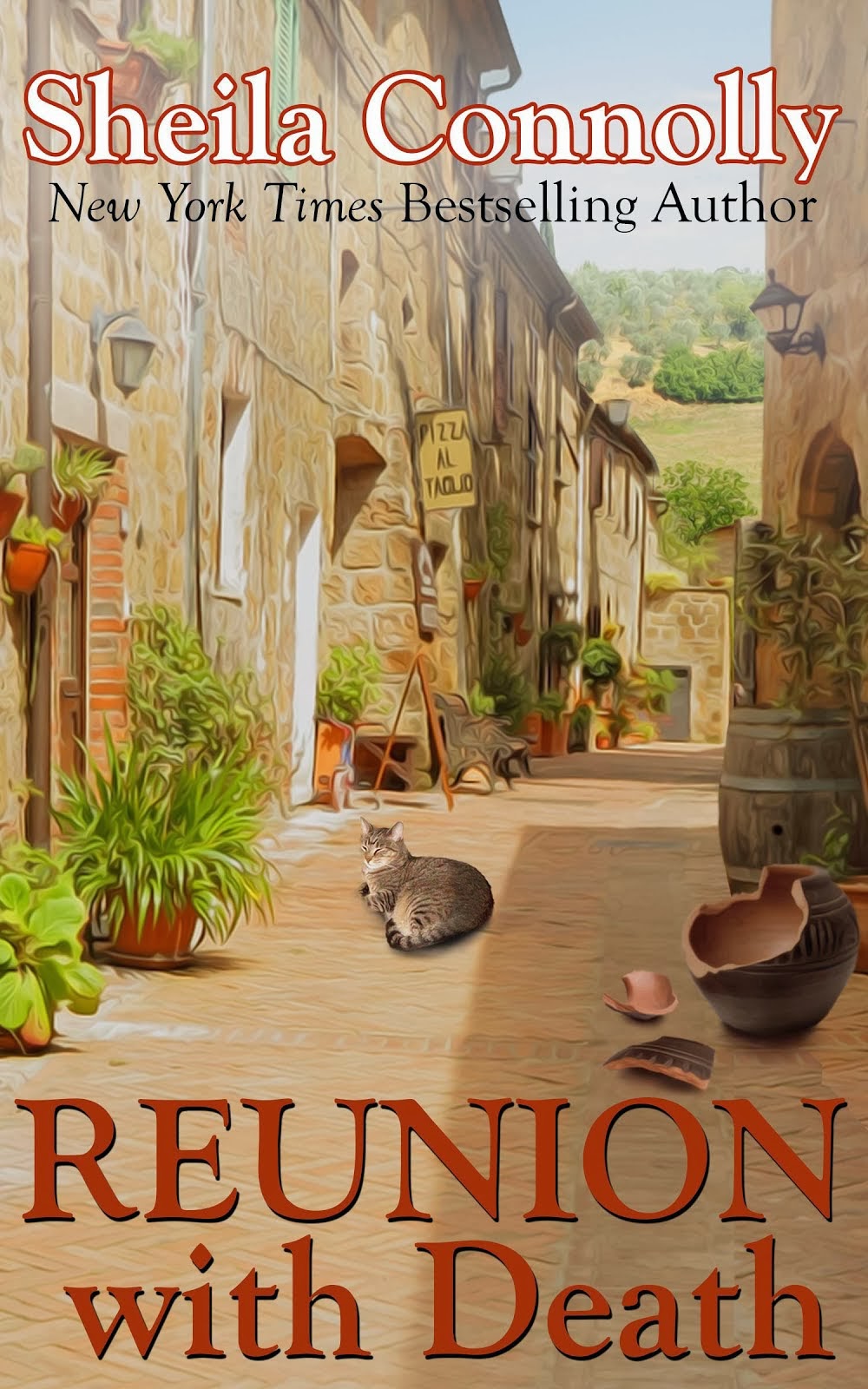Sharon Wildwind
Some years ago my husband and I went to Great Britain. Being museum buffs in a big way, we ended up in a lot of museums. In one of them, there was a new exhibit of the Lindow Man. The Lindow Man, in case you’ve forgotten, was first unearthed in May, 1984 by two peat cutters working in the County of Cheshire.
As it happened, just before our trip I’d read Anne Ross’s and Don Robins’s, The Life and Death of a Druid Prince, which discussed the Lindow find in detail, and postulated that the remains belonged to a man ritually sacrificed three times, in accordance with possible Celtic and Druid rituals.
What I found most upsetting in the book was the mention that the human remains were soon to go on exhibit in a museum. It never occurred to me that I would see those remains, but one morning I walked around a corner and there he was.
My stomach did a double-turn and I am not, by nature, a queasy person. I’ve worked in an emergency room and did a surgical rotation in nursing school, so I’ve seen most of the components that make up the inside of human bodies. What I found disturbing was that what I was looking at had, 2,000 years ago, been a human being. Even after two millennia, that person-who-had-been deserved more respect than being put on display.
I came away from the museum feeling dirty, a voyeur of something it would have been better not to see. Would it have been more dignified to simulate the Lindow Man’s remains? To have a Hollywood model-maker duplicate, using latex and other wonder materials, his appearance and put that simulacrum on display instead?
This past week I was exposed to an over-the-top rerun of a TV forensic show, and two books, both police procedurals, both featuring graphic descriptions of bodies that had been, in the delicate language of British TV shows, “interfered with.” I realize I had my answer to those questions that bothered me a couple of decades ago. A simulation of human degradation, whether done with moulded latex and paint, or computer-generated imaged or graphic, detailed paragraphs is still human degradation.
As writers, I think we have a responsibility not to go for the cheap thrill. Yes, writers can titillate and arouse their readers with graphic descriptions of torture. Yes, it is harder to raise the stakes, arouse sympathy, and convey the horror of a crime when full-frontal graphic details are withheld, but I truly believe as writers that we have to attempt to do this. In a world where actors vie for playing the corpse, so that their bodies can appear to be dissected for the television screen, or where it's hard to tell if we're watching a fictional drama or a newscast about torture, it is time to take another look at values such as common, human decency. A fascination with human remains is not a good way for all of us to remain human.
-----
Quote for the week:
He who fights with monsters might take care lest he thereby become a monster. And if you gaze for long into an abyss, the abyss gazes also into you.
~Friedrich Nietzsche, German philosopher
Tuesday, July 22, 2008
Subscribe to:
Post Comments (Atom)










1 comment:
On the other hand -- Many writers feel they would be sanitizing death and violence if they failed to describe it fully. P.D. James writes detailed descriptions of her murder victims' bodies because she wants to make the reader stop and feel the full horror of one person taking another's life. Writers of cozies, of course, are often criticized for making murder seem like fun by skimping on description.
When a writer is throwing blood and gore on the page just for the fun of it, I can always tell, and I stop reading. I can also tell when a writer is trying to tell an honest story about the effect of violence on human lives.
A few months ago I went to a forensics exhibit at the National Library of Medicine here in the DC area -- an exhibit that included several human skulls with various kinds of wounds. Believe me, I didn't feel titillated by this display, and I didn't feel it demeaned the real people whose brains were once inside those skulls. The exhibit helped me understand the extent of the damage that can be done to the human head by bullets and blows.
Post a Comment